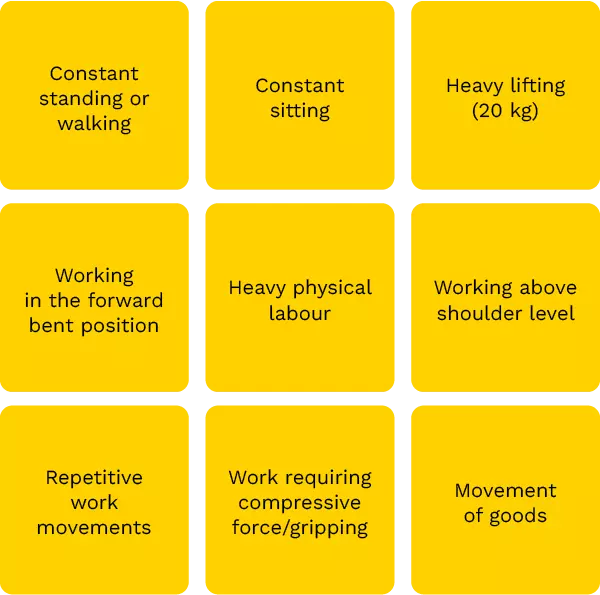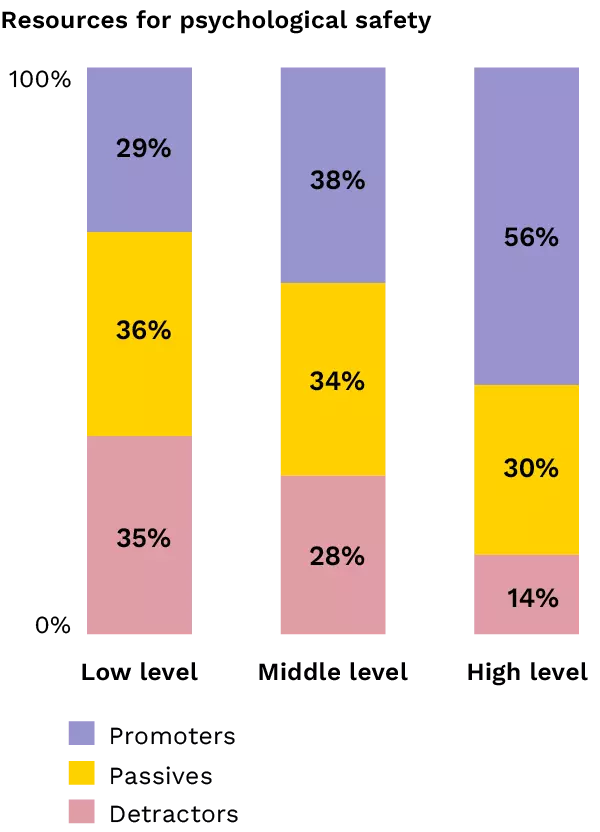Sales and customer service work is done in various industries, digitalization changes the work
Customer service and sales work are key functions of many different sectors in Finland. Especially in the commerce sector and in accommodation and food services sector, a lot of sales and customer service work is done in shifts. Sales and customer service work can include selling and presenting various products and services, interacting with customers, promoting sales, advising customers, and solving problems encountered by customers. Customer interaction is often a decisive part of a company's results. Investing in work ability management is a way to promote staff well-being, work fluency, and company productivity.
Digitalization and technological development have a broad impact on sales and customer service work. The adoption of artificial intelligence requires familiarization with the possibilities and limitations of technology. Creativity, emotional intelligence, and understanding human perspectives are key human strengths in customer service work – even in a time when technology is rapidly advancing.
Load factors in sales and customer service work
Musculoskeletal disorders are a common reason for sick leave and disability in the commerce and hospitality sectors. Many musculoskeletal issues develop as a result of prolonged strain. Healthy and work ability-supporting working methods adopted at the beginning of a career prevent the development and occurrence of musculoskeletal issues during the career.
Caption: Factors causing physical loading in the commerce and hospitality sectors
Sources: Work-Life Knowledge Service, Finnish Institute of Occupational Health. Centre for Occupational Safety: Occupational health and safety in the commerce sector (2020).

Musculoskeletal disorders are the cause of the most significant share of granted disability pensions in the commerce sector.
Source: Elo´s data (2020–2024)

Key resources in sales and customer service work
In sales and customer service work, key resources for work ability are meaningful customer work, smooth everyday work, opportunities to influence work, and psychological safety. At its best, customer service and sales work experience work engagement. Work engagement refers to a positive motivational and emotional state at work. Characteristics of work engagement include vigor at work, enthusiasm, and immersion in work. In customer service work that supports work ability, peak times are anticipated, tasks and responsibilities are clear, supportive tools are used as appropriate, support is available for challenging customer situations, and there is an open and positive discussion atmosphere in the work community.
Resources supporting psychological safety were directly linked to employee's willingness to promote their workplace.
Source: Elo Work Community Indicator (2024)

Young employees and mental well-being
Sales and customer service work has relatively more young employees compared to other industries. Young people often have the ability to view things from new perspectives, which can lead to important development ideas for workplaces, but at the same time, they often share a lack of experience in the industry and working life. A successful onboarding experience includes not only orientation to tasks and expectations related to the work but also integration into the work community and familiarization with the common practices of the workplace. A successful start in work is reflected in better performance, commitment to the workplace, and well-being at work. A sense of control arises when work is suitably challenging, and clear communication of work goals reduces uncertainty and stress.
When the level psychological safety is high, participation in the development of shared work practices within the work community is above average
Source: Elo Work Community Indicator (2024)

Solutions to support work ability in sales and customer service work
Developing the work environment and work processes to support the work
• Orientation to ergonomic and healthy work methods
• Practices that promote recovery from work
• Work shift planning that supports work ability
• Solutions for managing urgency
• Promoting psychological safety
• Support for skill development
• Developing a feedback culture
• Providing suitable opportunities for influence in work
• Strengthening mental well-being resources at all stages of the career